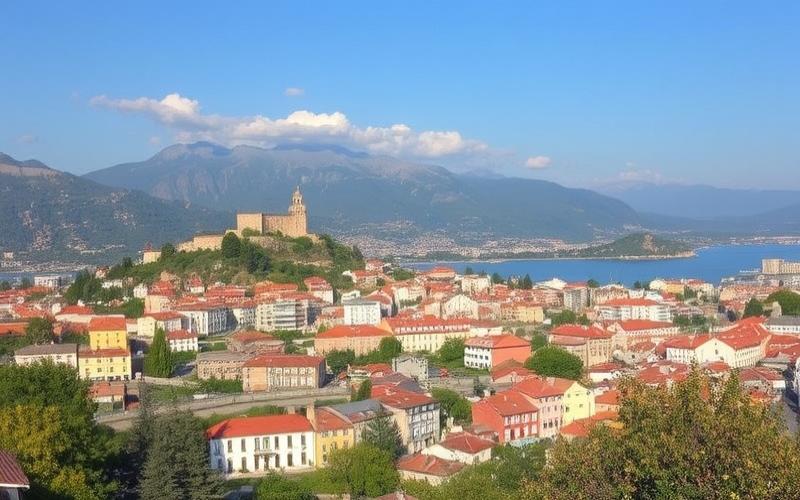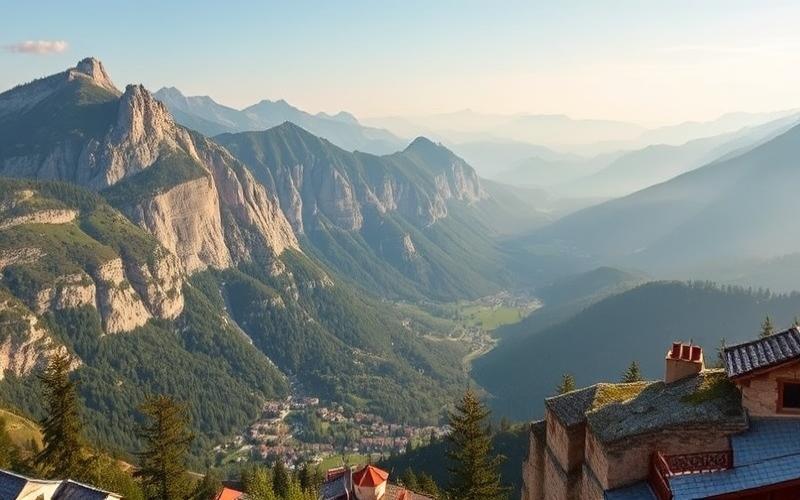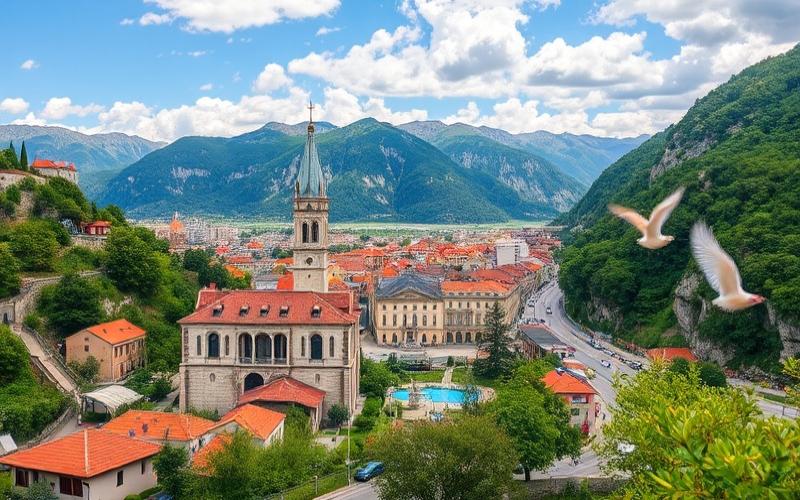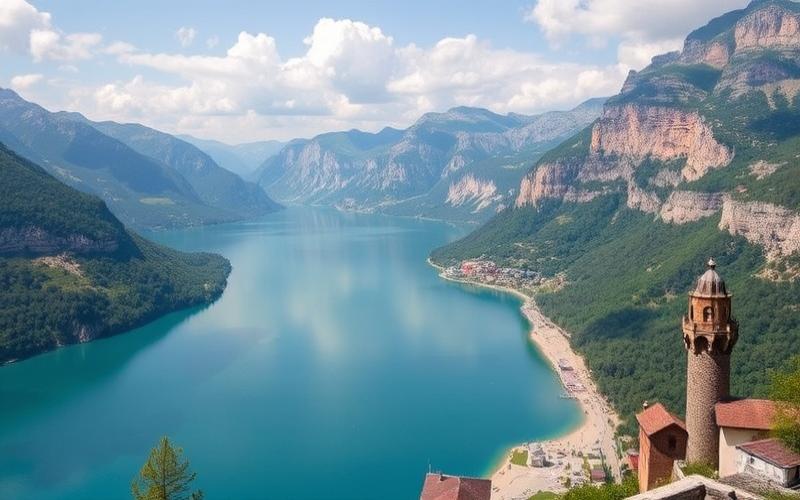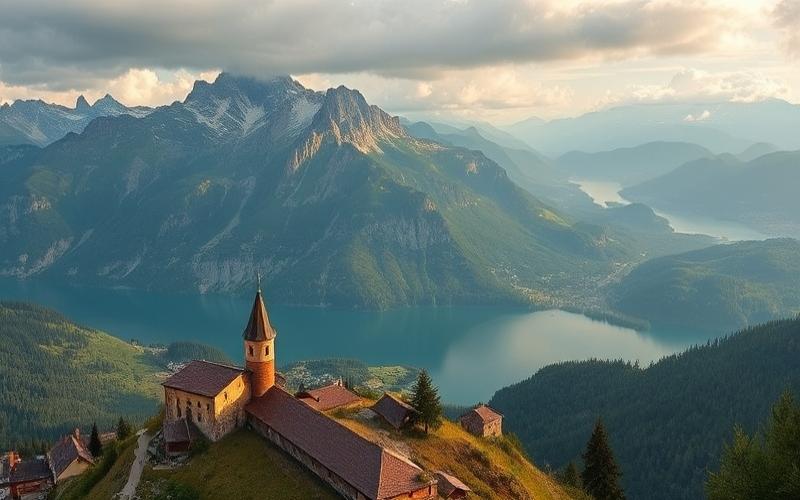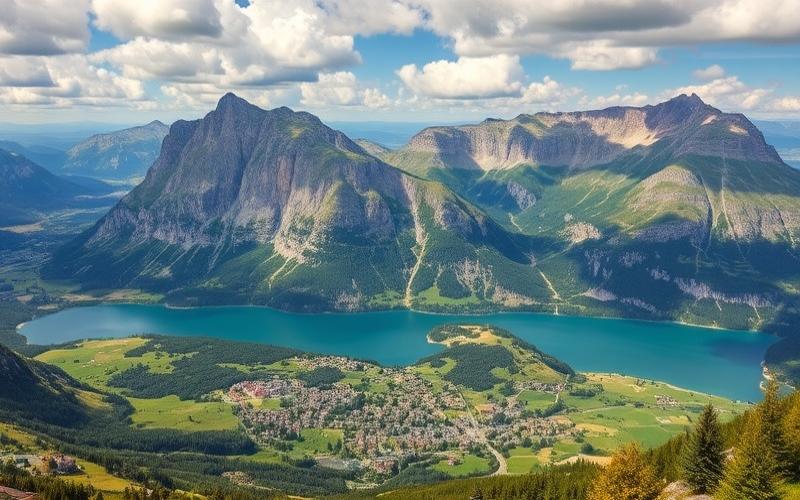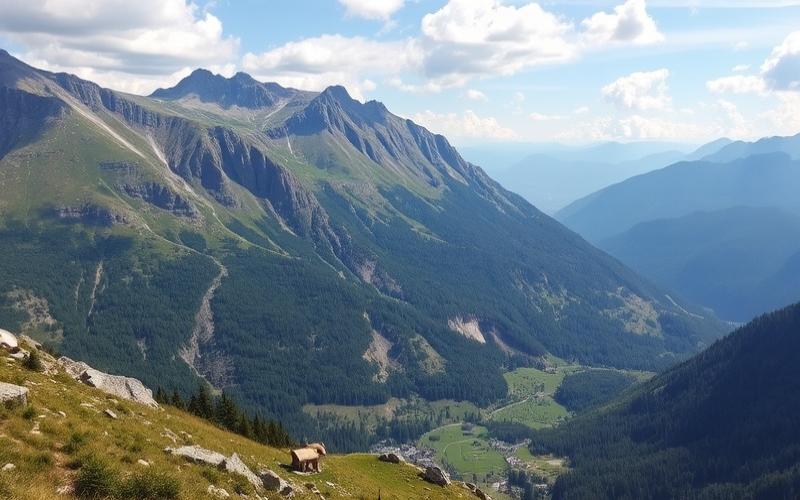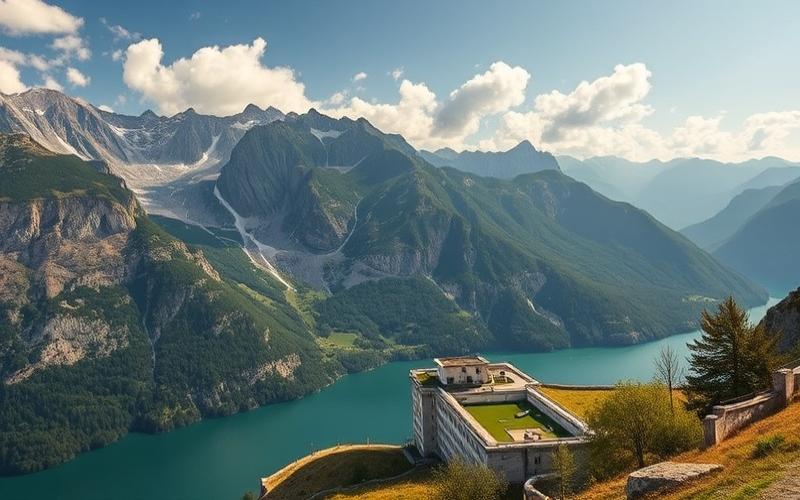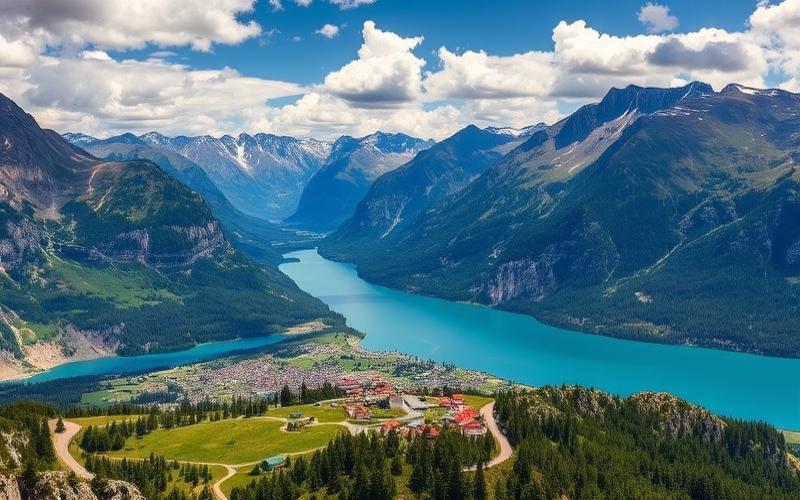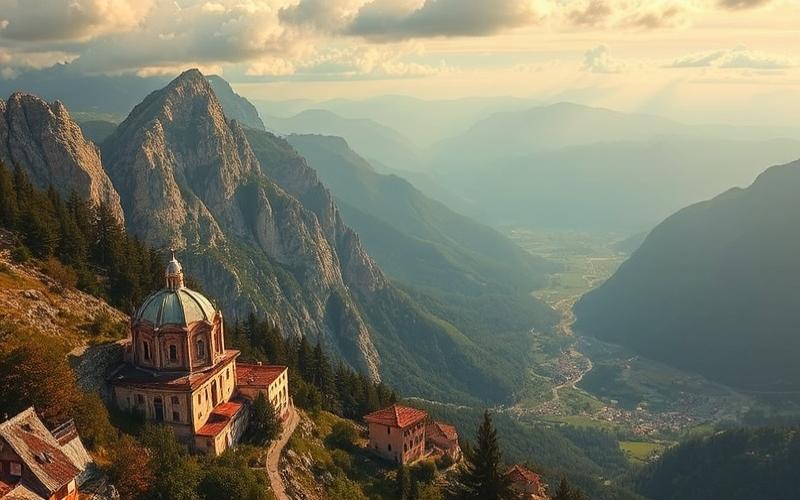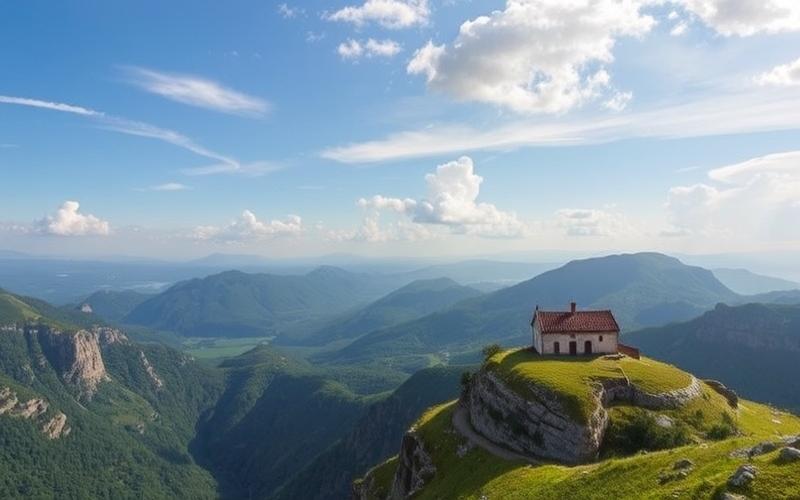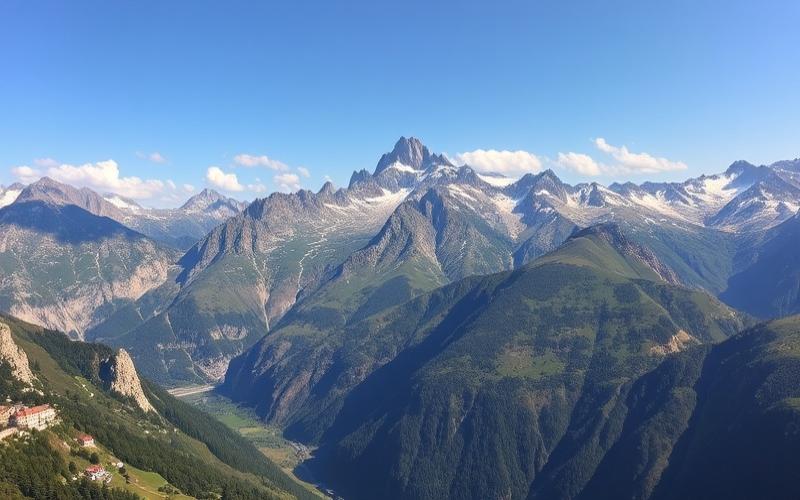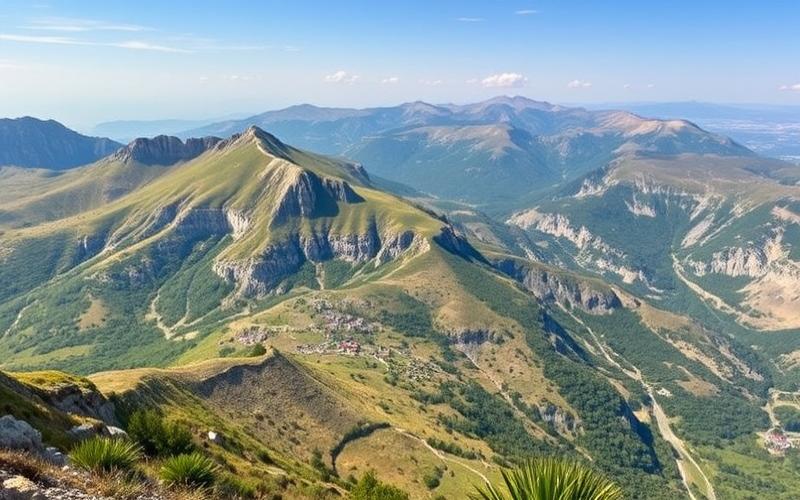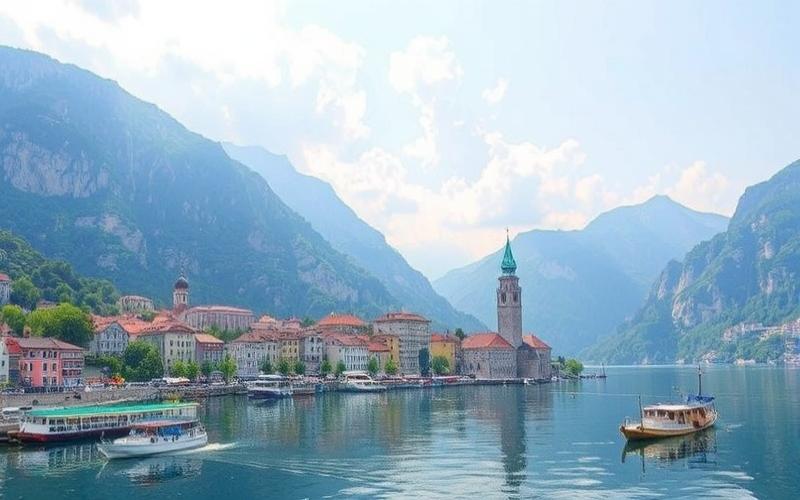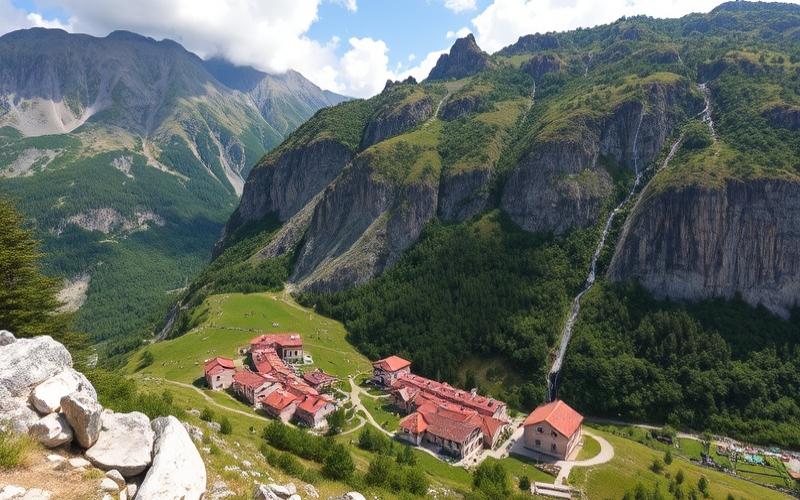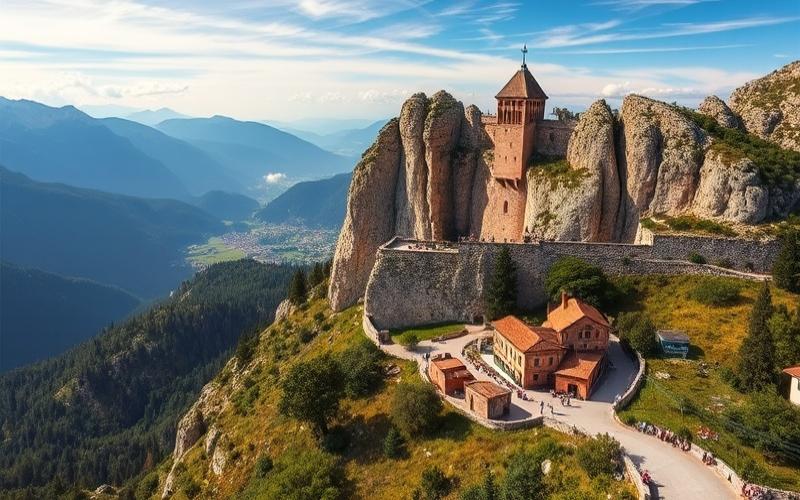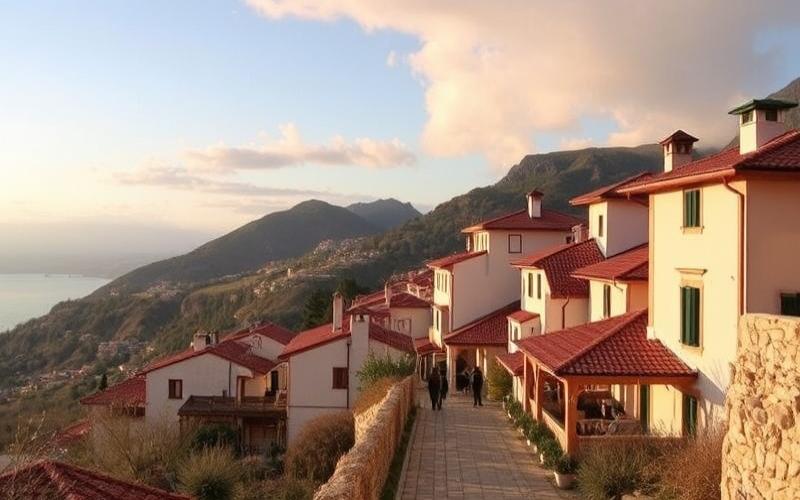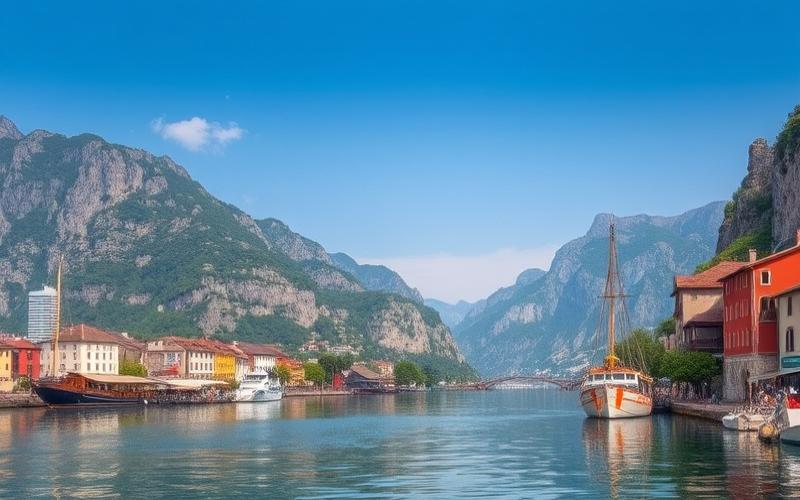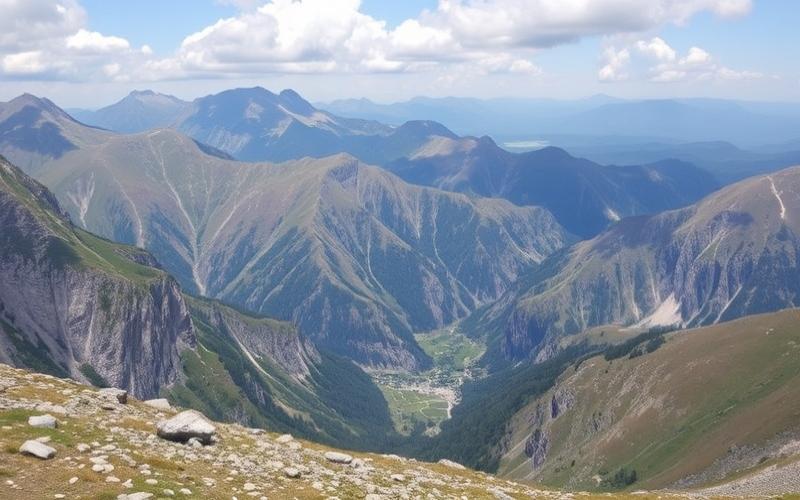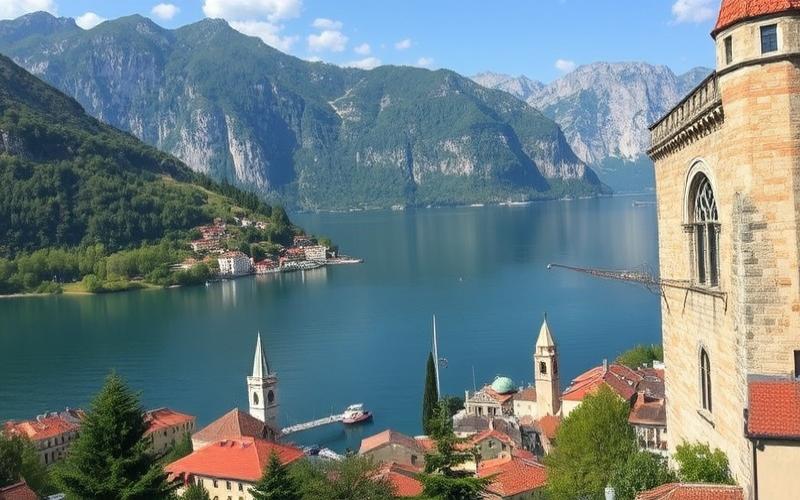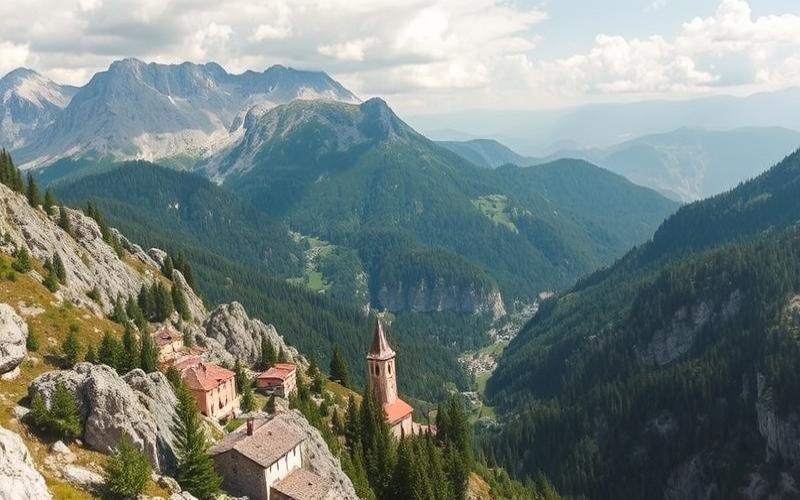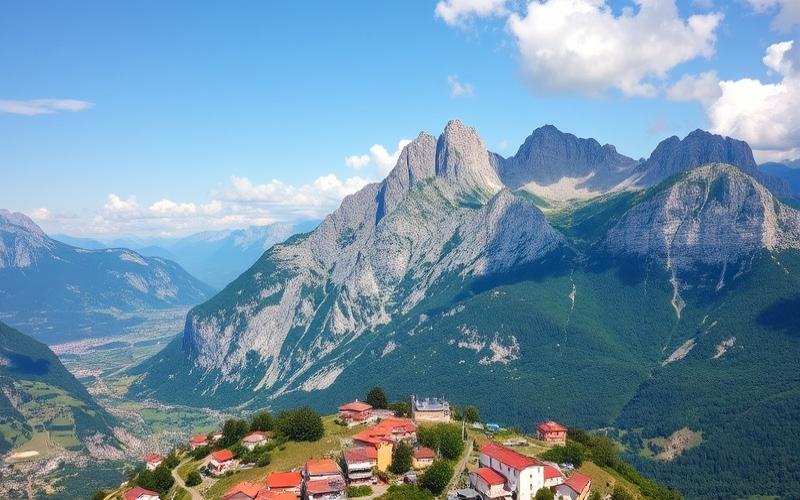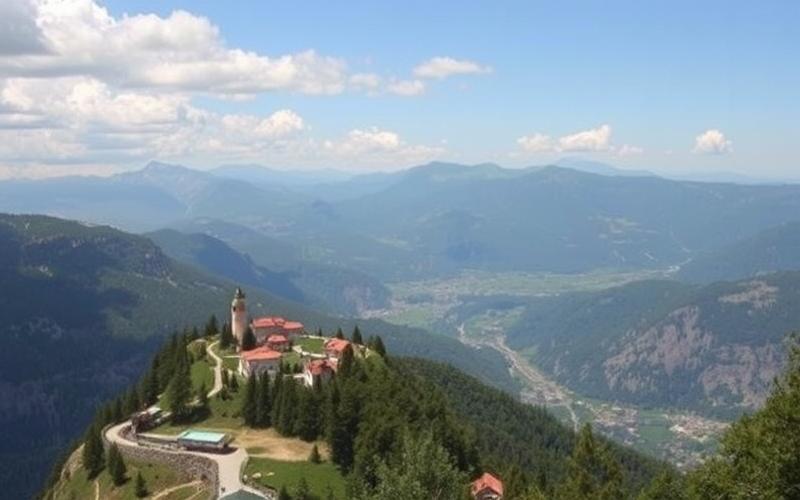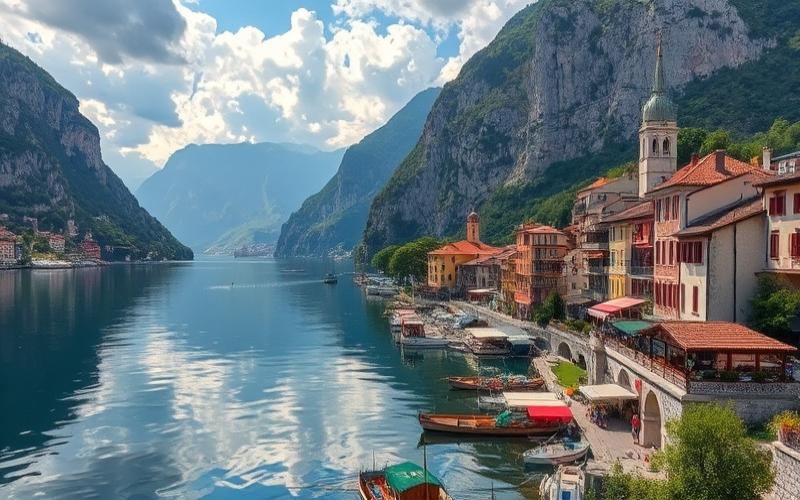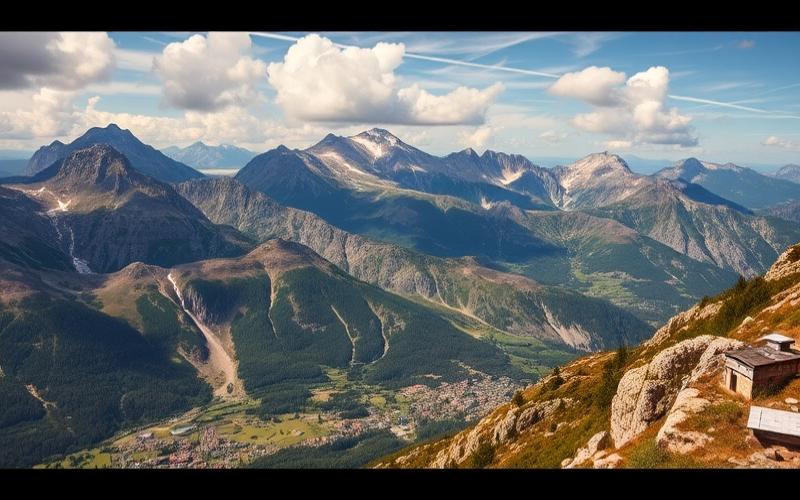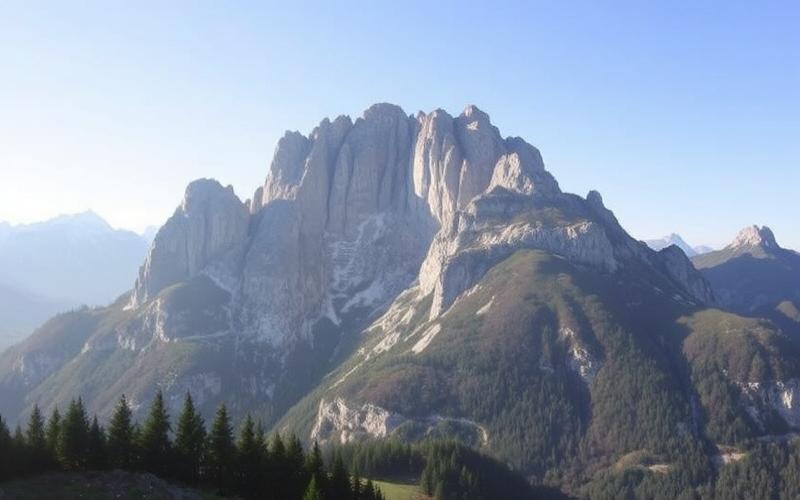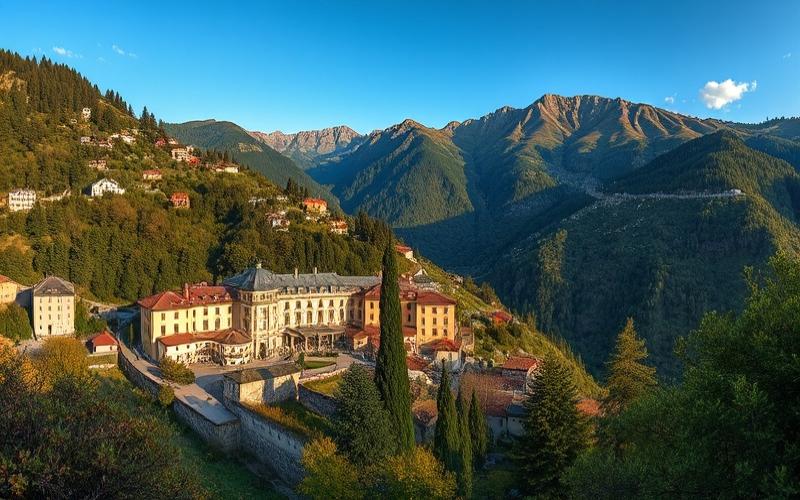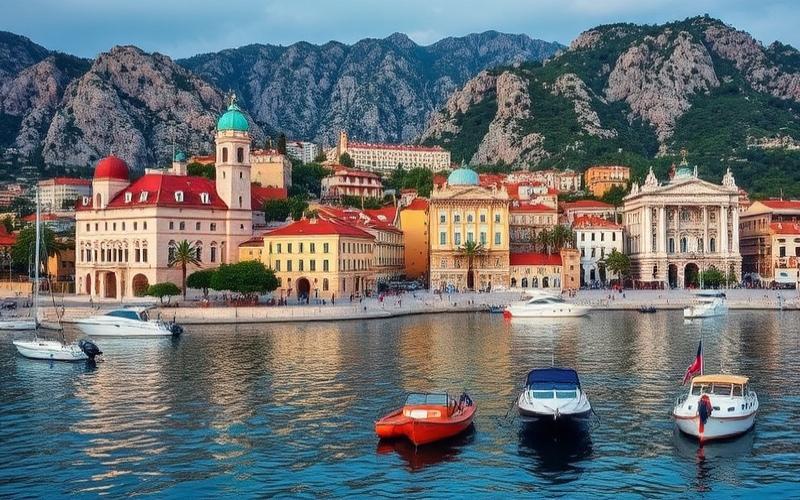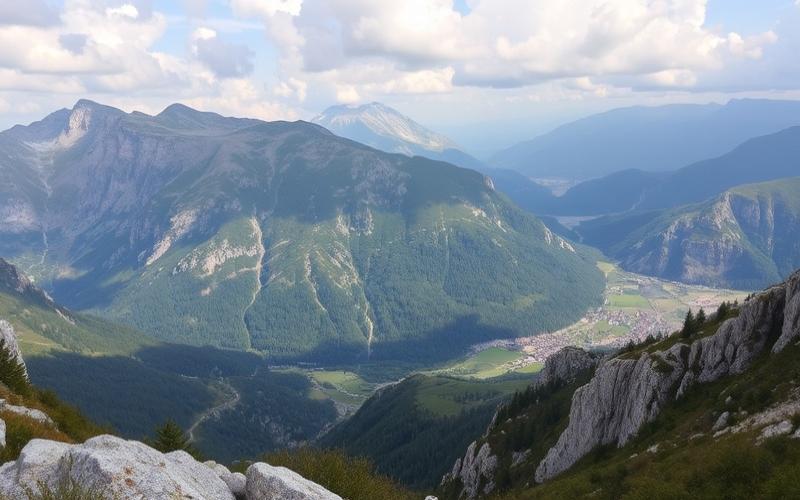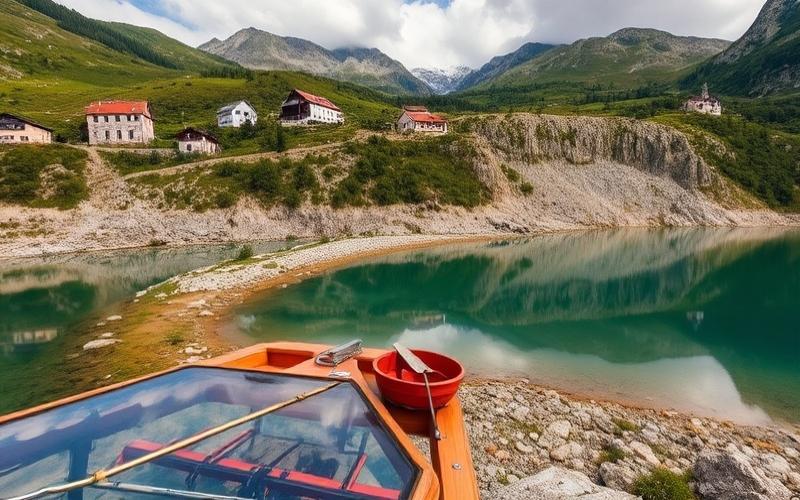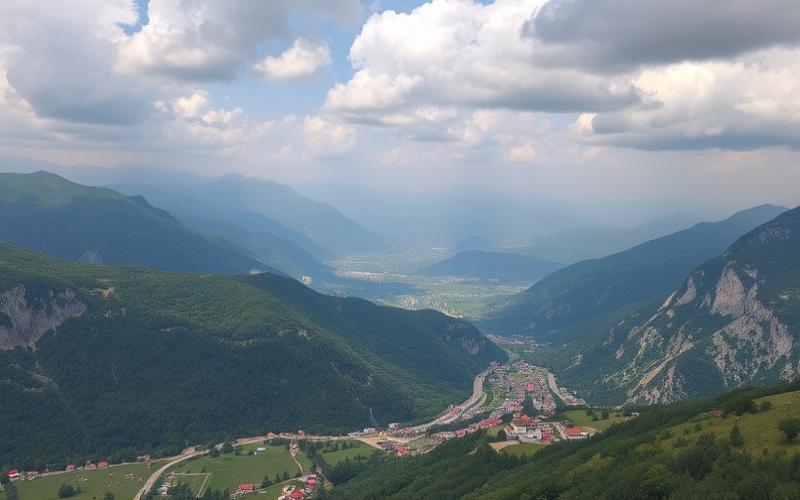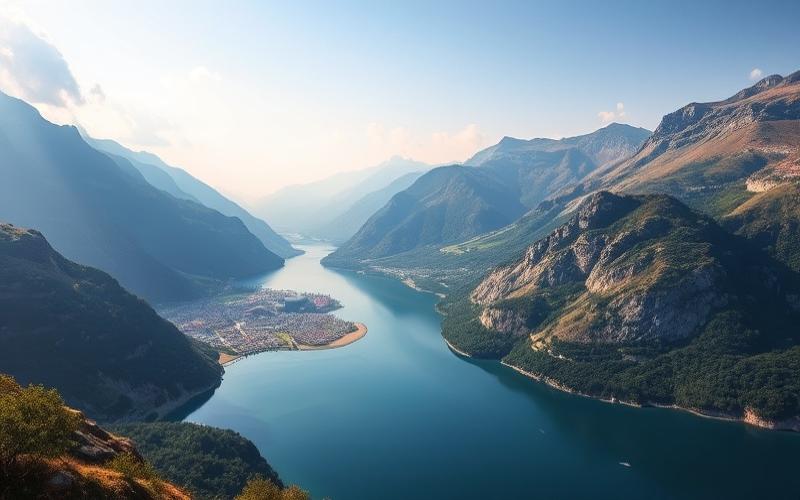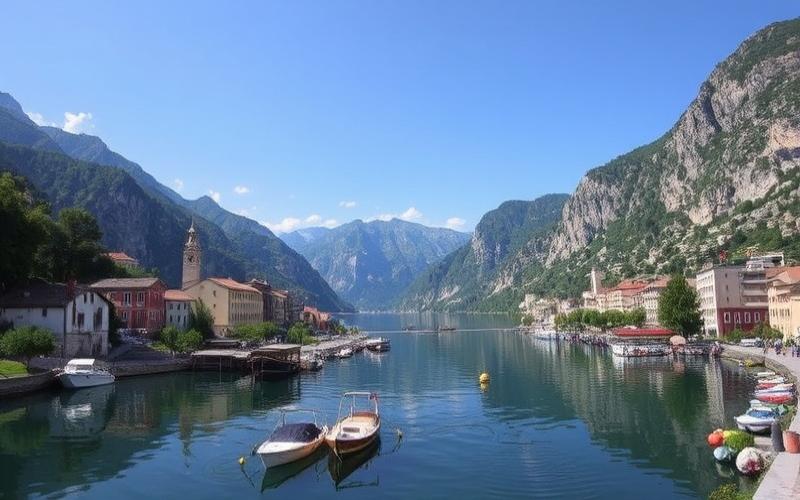
 Published on and written by Cyril Jarnias
Published on and written by Cyril Jarnias
Montenegro: A Major Economic Transformation on the Horizon
Montenegro, with its breathtaking landscapes and rich history, is on the verge of a major economic transformation. As urbanization and foreign investments continue to grow, certain cities in the country are at the center of real estate speculation, poised to see their prices skyrocket by 2030.
Key Cities in the Real Estate Boom
Due to their strategic location, tourism potential, and infrastructure modernization, cities like Kotor, Budva, and Podgorica are attracting investors’ attention.
Understanding Market Dynamics
This article explores the factors contributing to this price surge, offering a fascinating and insightful perspective for those seeking to understand the changing dynamics of Montenegro’s real estate market.
Promising Cities for Real Estate in Montenegro
The real estate market in Montenegro is currently experiencing sustained growth, with a notable price increase in both new construction and existing property segments. In 2025, the average price per square meter in new constructions rose by 20% compared to the previous year, reaching €1,844, while the secondary market shows an 8-10% increase depending on the region.
Promising Investment Areas
The Bay of Kotor (Tivat, Kotor, Lustica) represents one of the most attractive areas for real estate investment in Montenegro. This region appeals with its natural beauty comparable to Norwegian fjords and its growing reputation among international tourists and investors. Growth potential is particularly evident here, with constantly developing infrastructure.
| City | Price Trend | Tourism Potential | Infrastructure Development |
| Kotor | Strong Increase | Very High | Expanding |
| Tivat | Sustained Increase | High | Major Projects Underway |
| Budva | Moderate Increase | Very High | Consolidation |
| Podgorica | Stable with Upward Trend | Medium | Numerous Urban Projects |
Market Growth Factors
- Stable rental yields despite price increases
- Parallel increase in rents and purchase prices
- Development of luxury tourism on the Adriatic coast
- Rising foreign investments in infrastructure
The Montenegrin real estate market presents an interesting particularity: approximately 120,000 apartments and houses are either unoccupied or used temporarily. This situation, while representing a fiscal loss for the state, offers significant opportunities for savvy investors.
Montenegro’s real estate market in 2025 shows a steady price increase, confirming its attractiveness to investors.
Development Outlook
Forecasts indicate a continuation of the upward trend, particularly in sought-after coastal areas. The most notable increase was recorded in the third quarter of 2024, with a 12.6% rise compared to the same period in 2023, bringing the average price to €1,854 per square meter.
International investors continue to show growing interest in the Montenegrin market, attracted by the Mediterranean climate, picturesque landscapes, developing infrastructure, and favorable conditions for property purchases.
Good to Know:
Podgorica, Budva, and Kotor are among the Montenegrin cities where the real estate market is expected to experience strong growth by 2030, largely due to developing infrastructure projects, such as improved transport routes and expanded urban services. Podgorica, with its expanding economy and technology-focused initiatives, attracts many young professionals, increasing demand for modern housing. Coastal destinations, Budva and Kotor, benefit from tourist influx and Montenegro’s growing reputation as a luxury destination, stimulating high-end real estate. Real estate investments are therefore promising in these locations due to high quality of life and policies favorable to foreign investors, potentially leading to significant price increases, particularly in residential and hotel sectors.
Long-Term Investment: Which Cities to Prioritize in Montenegro?
Economic and political factors making certain Montenegrin cities particularly attractive for long-term investment include the country’s macroeconomic stability, advantageous taxation, ease of access for foreign investors, and government strategies aimed at boosting the tourism sector and modernizing infrastructure. Montenegro also benefits from official EU candidate status, reassuring many investors on regulatory matters and fostering a climate conducive to real estate development.
Cities with potential for significant real estate price increases by 2030 stand out due to their economic dynamism, ambitious urban projects, and growing tourism appeal. Here’s a comparative overview of major Montenegrin cities:
| City | Key Attractiveness Factors | Major Projects & Initiatives | 2030 Real Estate Outlook |
|---|---|---|---|
| Budva | Major tourist center; strong seasonal rental demand; established reputation with international investors | Marina development; urban renovation investments; new luxury hotel and residential complexes | Sustained increase expected with high rental yields |
| Kotor | UNESCO-listed old town; growing cultural tourism; land scarcity within historic walls | Initiatives to protect and enhance heritage; improved road access; active sustainable tourism policies | Significant appreciation potential due to real estate scarcity |
| Tivat | Presence of luxury Porto Montenegro marina attracting high-end international clientele; strong seasonal population growth | Porto Montenegro complex expansion; urban green space creation; local tax incentives | Strong anticipated increase driven by international influx |
Differentiating Factors Between These Cities:
- Budva stands out for its beach resort dynamism and major hotel projects.
- Kotor focuses on its unique historical heritage coupled with stable year-round rental offerings.
- Tivat attracts primarily through international yachting (Porto Montenegro) with rapid upscaling.
Public Strategies & Urban Development
The Montenegrin government strongly focuses on:
- Modernizing coastal road networks,
- Continuous growth of the tourism sector (cruise ships, international festivals),
- Tax relief to attract foreign capital,
- Administrative facilitation for non-resident property purchases.
Demographic and Tourism Trends Influencing Demand:
- Regular growth in tourist flow (+10% annually during certain periods), particularly from Western Europe,
- Net increase in temporary or semi-permanent residents from Central or Eastern Europe,
- Shift toward premium tourism (yachting, long-term stays),
- Progressive urbanization around port hubs.
Why Do These Areas Stand Out?
Prices remain competitive compared to other Adriatic destinations like Dubrovnik or Split while offering greater upward potential.
Structural projects – such as Porto Montenegro in Tivat – are profoundly transforming the local landscape by attracting both institutional investors and individuals seeking rental yields or capital gains.
With this perspective, investing today in these dynamic hubs could potentially allow full benefit from the next anticipated upswing in Montenegro’s real estate market.
Good to Know:
For considering long-term investment in Montenegro, the cities of Podgorica and Tivat stand out due to significant urban development and infrastructure projects. Podgorica, the capital, benefits from several government initiatives promoting innovation and entrepreneurship, supported by attractive fiscal policies. Meanwhile, Tivat is booming thanks to luxury tourism projects like Porto Montenegro, attracting a growing influx of tourists and expatriates. In these cities, demographic trends show an increase in the working population, strengthening real estate demand. Comparatively, cities like Herceg Novi, while charming, do not offer the same level of long-term economic opportunity, making them less attractive options for investors anticipating explosive price increases by 2030.
Growth Areas in Montenegro: 2030 Forecasts
Montenegro is positioning itself on an ambitious development trajectory toward 2030, with several strategic zones and sectors identified as growth drivers.
Northern Montenegrin Regions
These mountainous regions, despite their current isolation and inadequate infrastructure, present considerable potential for sustainable economic growth, particularly in quality food production and ecotourism. Their cultural and natural heritage constitutes a major asset for sustainable tourism development.
Promising Economic Sectors
- Quality food production
- Ecotourism and rural tourism
- Circular food systems
- Renewable energy
The Montenegrin government has established several ambitious objectives in its National Sustainable Development Strategy toward 2030:
| Sector | 2030 Objective | Reference |
| GHG Emissions | 55% Reduction | Compared to 1990 |
| Energy Efficiency | 27% Increase | – |
| Energy Intensity | 40% Reduction | Compared to 2010 |
| Renewable Energy | 33% of Consumption | 2020 Target |
EU accession represents a major attractiveness factor for investors. The announcement of possible EU enlargement by 2030 has been particularly well-received in Montenegro, which could accelerate foreign investments in anticipation of this integration.
Attractiveness Factors for Investors
- EU accession prospect by 2030
- National sustainable development strategy
- Unexploited potential in rural and mountainous areas
- Strong environmental commitment with ambitious climate goals
- Valorization of natural and cultural heritage
Montenegro’s updated Nationally Determined Contribution (NDC) sets a greenhouse gas emission reduction target of 55% by 2030 and 60% by 2035, demonstrating the country’s commitment to a greener economy.
The Country Strategic Opportunities Programme (COSOP) 2025-2030, prepared under joint IFAD and Montenegrin government supervision, aims to combat climate change by preventing natural resource degradation and encouraging their sustainable use for agricultural production and tourism.
These developments should positively impact the real estate market, particularly in currently undervalued rural areas with strong tourism potential. Existing rural and traditional food systems represent an asset that can be leveraged to generate income and jobs for rural households, particularly for women.
Important Note: Achieving these growth objectives remains conditional on the country’s political stability. As some analyses indicate, the 2030 target for Montenegro would be realistic if the political crisis subsides.
Good to Know:
By 2030, certain Montenegrin cities, such as Podgorica and Tivat, are expected to experience significant economic and demographic growth thanks to massive infrastructure investments, including road network expansion projects and seaport modernization. The tourism sector, supported by the country’s natural wealth, will multiply opportunities while the government relies on attractive fiscal policies to stimulate foreign investments. Recent data indicate urban population could increase by 15%, driving up real estate prices in these areas. Economic forecasts estimate GDP growth around 3.5% annually, according to World Bank reports, making these cities particularly attractive for businesses seeking access to Balkan markets.
Disclaimer: The information provided on this website is for informational purposes only and does not constitute financial, legal, or professional advice. We encourage you to consult qualified experts before making any investment, real estate, or expatriation decisions. Although we strive to maintain up-to-date and accurate information, we do not guarantee the completeness, accuracy, or timeliness of the proposed content. As investment and expatriation involve risks, we disclaim any liability for potential losses or damages arising from the use of this site. Your use of this site confirms your acceptance of these terms and your understanding of the associated risks.

